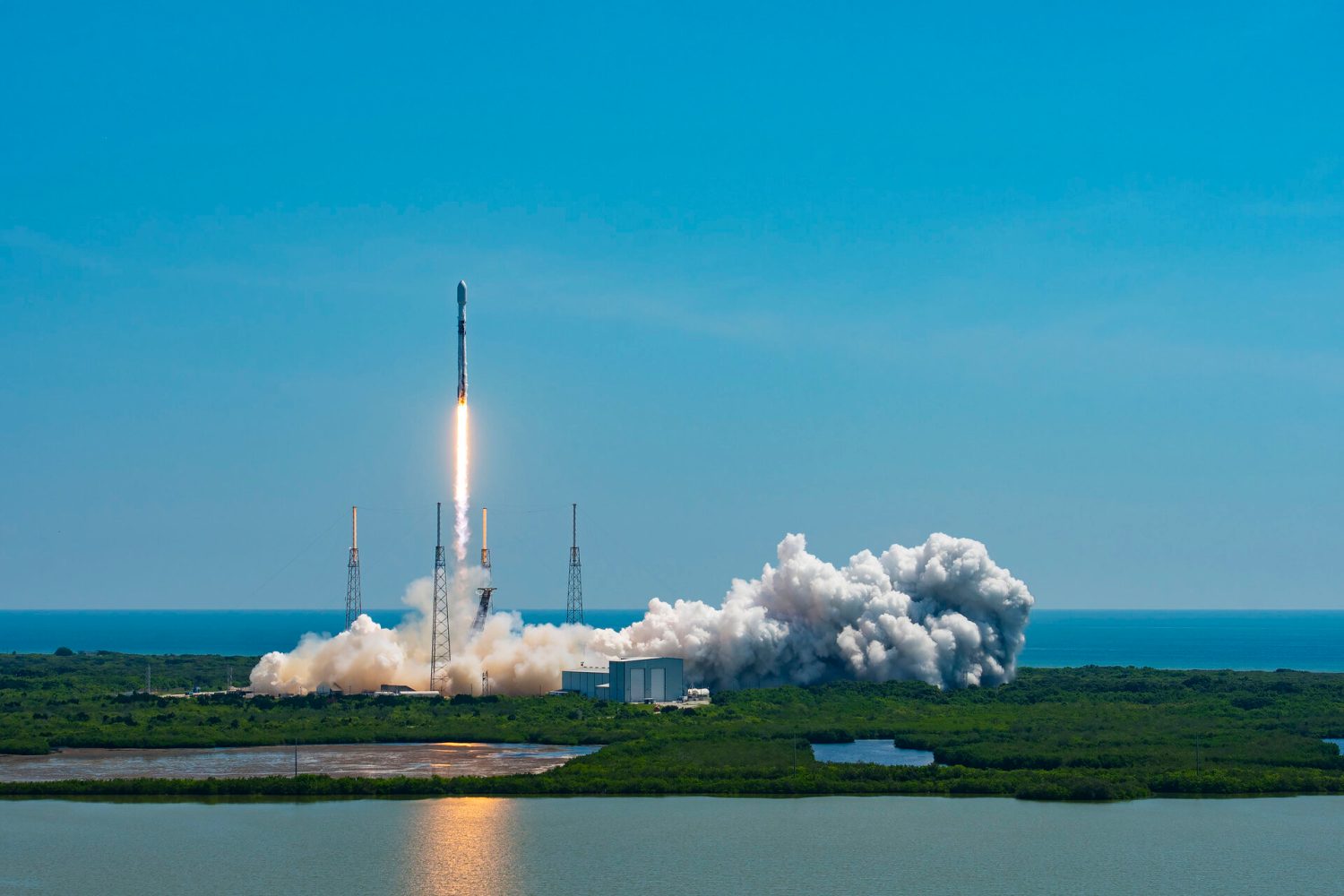
Europe is currently grappling with a temporary setback with its ability to launch payloads into space, prompting a heightened reliance on SpaceX for launching vital science and navigation spacecraft.
The recent successful launch of the final heavy-lift Ariane 5 on July 5 marked the end of an era, leaving Europe without a viable launch option until the much-anticipated Ariane 6 becomes operational, which is not expected to occur before 2024.
Europe also lost access to the medium-lift Soyuz rocket following Russia’s invasion of Ukraine in February 2022.
Adding to the challenge, the Vega C, a potential small-lift rocket alternative, remains grounded due to a launch failure in December 2022.
Delays caused by an anomaly during a recent static-fire test of the Vega C’s Zefiro 40 motor have further postponed the small rocket’s return to flight, according to sources, creating additional obstacles for European organizations.
While European startups like Isar Aerospace and Rocket Factory Augsburg are working on small launch vehicles with potential first flights by year’s end, options for launching larger payloads remain limited in the near future, according to the European Space Agency.
In response to these circumstances, the European Space Agency made the strategic decision in October 2022 to shift two missions to SpaceX’s Falcon 9 rocket.
The Euclid astronomy mission, initially slated for a Soyuz launch, successfully lifted off July 1, atop a Falcon 9 from Cape Canaveral Space Force Station in Florida.
Similarly, the Hera asteroid mission has been rescheduled to launch atop a Falcon 9 in October 2024, replacing the original plan to fly on Ariane 6.
This trend is expected to continue, as the ESA Council announced in late June that the Earth Clouds, Aerosols and Radiation Explorer (EarthCARE) mission, previously reassigned from Soyuz to Vega C, is now likely to be launched via a Falcon 9 in the second quarter of 2024.
ESA officials have also confirmed ongoing negotiations with SpaceX for the potential launch of up to four Galileo navigation satellites on Falcon 9 rockets.
Josef Aschbacher, the director general of ESA, said the decision to rely on SpaceX was not solely driven by recent launch anomalies, but also influenced by the Vega C failure and the need for modifications to accommodate the EarthCARE mission.
Aschbacher commended SpaceX for its prompt and professional service in facilitating the successful launch of Euclid.
While the current situation underscores a temporary “launcher crisis” in Europe, Aschbacher remains optimistic about the future. He believes once Ariane 6 and Vega C are fully operational, this brief gap in European launch capabilities will be overshadowed.
Aschbacher emphasized the importance of leveraging this crisis as an opportunity to implement necessary changes and develop a robust launcher system for Europe, looking beyond the immediate challenges.
In the interim, the European Commission holds the authority to determine the timing and methodology for launching the Galileo satellites, taking into account the technical information provided by ESA on launcher compatibility.
Aschbacher concluded by urging stakeholders to maintain a long-term perspective, acknowledging the current difficulties while expressing confidence this demanding period will ultimately be viewed as a minor setback once Europe’s launch capabilities are fully restored.
FTC: We use income earning auto affiliate links. More.


Comments